#geogrian
Explore tagged Tumblr posts
Photo
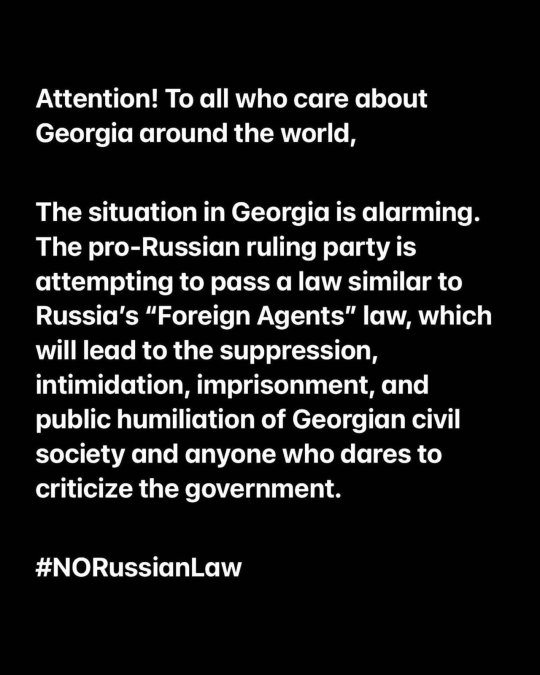

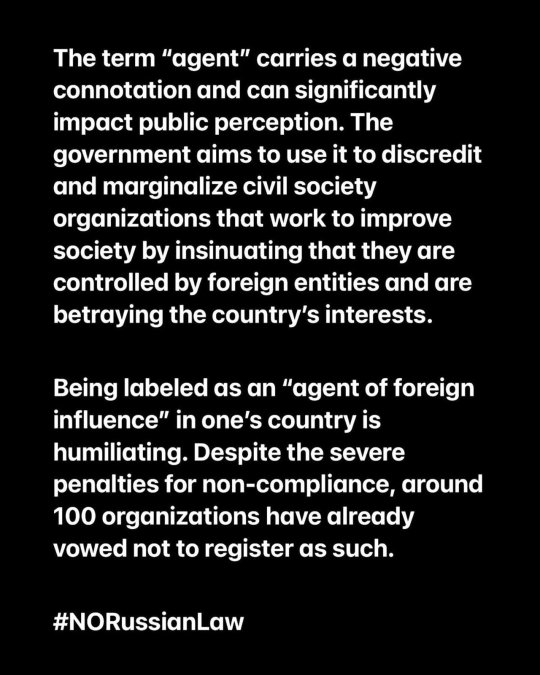
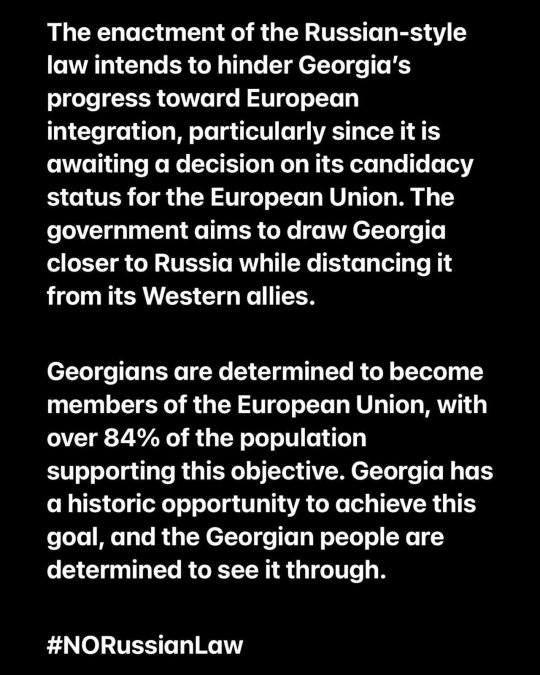
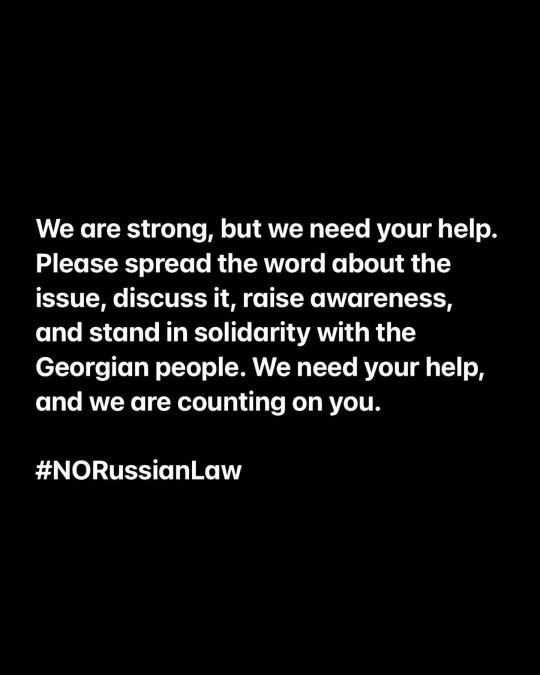
348 notes
·
View notes
Text
I was dancing ejytn this sweey geogrian mam sdmm when i wan. Leaving he came up to ssl. For my ig amd then was. Danicnh with this scuckrd up dudd triee to spin him around amd he was like "on no no no my darling the only place that a woman can dominate me in is bed so if you dont like thta we can end this dance" @[ so i pushed him awuad w left 💀💀💀
2 notes
·
View notes
Photo

1 note
·
View note
Video
He is beauty, he is grace, he will stab you in the face.
Traditional Georgian dancing.
548K notes
·
View notes
Photo

One of my broken china pieces from the "Eggshell Georgian, Chateau" plates! Or.. "pinkie" for short! Broken and shaped into a delicate heart with some silver plated wire wrapping, this is perfect for that subtle cute look! It was snatched up by @moreanarts so if you love it, go get it! ❤ #brokenchinajewelry #brokenchinaring #creativechaos #etsy #artscenter #dtsp #buyitnow #forsale #brokenplatejewelry #brokenplatering #upcycled #repurposed #pinkie #eggshell #geogrian #chateau #heartshape
#repurposed#brokenchinajewelry#brokenchinaring#heartshape#etsy#buyitnow#brokenplatejewelry#geogrian#dtsp#artscenter#creativechaos#eggshell#brokenplatering#pinkie#chateau#upcycled#forsale
0 notes
Text
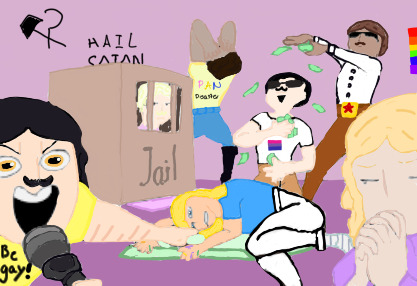
I saw this meme format and I was like, what if I do that as a fun introcution to all my characters!
Or at least my fave characters.
The guy with the mic is Sergei Belinsky. He has BPD and is in a queerplatonic relationship with his friend Mikhail, and his dad is also one of the worst people in the world. He used to have sexual feeling for Caleb. (Not a crush, he's aro).
The guy on the floor is Sasha, Morningstar, he's an artist with serious daddy issues, his real name is Alexander Dellville and he's married.
The guy in jail is Caleb O'Lynn, as mentoned previously. He's a communist with even more trauma than all of these people put together, and he's the one Sasha's married to.
The woman praying is Adora Stalevna. She's married to the guy throwing money (His name is Nikolas), her maiden name is Dellville, and she's Sasha's sister. She homophobic and a bisexual in denial.
The guy having a mental breakdown in the background is called Vlad Lee. He's a mix of Crimean Tatar and Chinese (I may have gotten his skin tone wrong), he has social anxiety and he loves to bake.
And I've saved the best for last!
The guy in the bisexual t-shirt is Joshua Nevsky, real name Yeshua Bronstein. He's Jewish, very nervous, and he's dating Nikolas.
(Yes, I know Nikolas is married to Adora, but that was long before he even realized he liked Joshua).
He's a widower and spends most of his time on old fanfiction forums because he loves to look back at the horrendous things he used to write as a kid.
And then there's Nikolas Stal. He's half Indian, half Geogrian, and his name used to be Vazha Borisovich Khurana, but, as you can see, he changed it. He's polysexual, lowkey an anarchist and is trying his best to divorce Adora on the grounds of him being in love with Joshua, but she is adamant that there is no way that he can like Joshua 'because there is no way a person can like more than one gender'.
Her words, not mine.
I told you she was in serious denial.
I've had a lot of fun making this and I hope you like the terrible quality of my art.
I'll put a more detailed character thing here later on.
#my ocs my beloved#my ocs are my babies#my oc stuff#oc memes#meme humour#i love these idiots#god i love them
0 notes
Text
ARGONAUTICA AND AFRICA
by Jason Colavito
http://www.argonauts-book.com/argonautica-and-africa.html
Egypt
“Legends connecting the Argonauts to Africa are ancient. The first of them derives from the myth itself, when Jason and his crew carry the Argo over Libya (North Africa) and cross the mythical Lake Tritonis. Apollonius, in fact, wrote his Argonautica in the context of Ptolemaic Egypt, and Pindar composed the Fourth Pythian Ode in honor of a North African ruler. In another context, Hecataeus of Heraclea would suggest the Argonauts sailed up the Nile to return to Greece. In the words of Kathryn J. Gutzwiller in A Guide to Hellenistic Literature (Blackwell, 2007), by Hellenistic times, the story of the Argonauts had become a "foundation story" and "mythical precedent" for Greek colonization of Egypt and North Africa (p. 77).
However, there were not the only connections. In The Histories, Herodotus explained that the people of Colchis were in fact Egyptians, remnants of an invading force led by the (mythical) pharaoh Sesostris:
There can be no doubt that the Colchians are an Egyptian race. Before I heard any mention of the fact from others, I had remarked it myself. After the thought had struck me, I made inquiries on the subject both in Colchis and in Egypt, and I found that the Colchians had a more distinct recollection of the Egyptians, than the Egyptians had of them. Still the Egyptians said that they believed the Colchians to be descended from the army of Sesostris. My own conjectures were founded, first, on the fact that they are black-skinned and have woolly hair, which certainly amounts to but little, since several other nations are so too; but further and more especially, on the circumstance that the Colchians, the Egyptians, and the Ethiopians, are the only nations who have practised circumcision from the earliest times
Source: Herodotus, The Histories 2.104 (trans. George Rawlinson)
These ancient connections would lead to innumerable latter-day speculations about African influence on the Argonautica. In his early translation of the Argonautica of Apollonius, Edward Burnaby-Greene (1780) wrote extensive notes detailing his belief that Colchis was an Egyptian colony, with Aeetes "no more than viceroy under the sovereign of Egypt" (p. 120). Among the earliest scholarly speculations seized on the coincidence of language between Jason's Argo and Egyptian and Biblical arks to propose that Jason's mission was modeled on the Egyptian, and therefore that of Noah:
In respect to the Argo, it was the same as the ship of Noah, of which the Baris of Egypt was a representation. It is called by Plutarch the ship of Osiris, who as I have mentioned, was exposed in an ark to avoid the fury of Typhon: “Having therefore privately taken the measure of Osiris’s body, and framed a curious ark, very finely beautified and just of the size of his body, he brought it to a certain banquet.” The vessel in the celestial sphere, which the Grecians call the Argo, is a representation of the ship of Osiris, which out of reverence has been placed in the heavens. The original therefore of it must be looked for in Egypt.
Source: Jacob Bryant, A New System: Or, an Analysis of Ancient Mythology, 3rd ed., vol. 3 (London: 1807).
Now the luniform ark of Osiris, in which he floated on the surface of the waters, was certainly the sacred ship of Osiris; that ship, in which the Egyptians placed the Sun, and in which they depicted their eight great gods sailing together over the ocean. But the ship of Osiris, as we are plainly taught by Plutarch, was that very ship, which the Greeks called Argo, and which they feigned to be the vehicle of Jason and his adventurous companions to Colchis: for he tells us, that the Argo was placed among the constellations in honour of the ship of Osiris. Hence it will follow, that the Argo must be the Ark, and that the whole fable of the Argonautic expedition must be a mere romance founded on the mystic voyage of Osiris, that is to say, on the real voyage of Noah.
Source: George Stanley Faber, The Origin of Pagan Idolatry Ascertained from Historical Testimony and Circumstantial Evidence, vol. 2 (London: F. and C. Rivingtons, 1816), 244.
Later, Afrocentric authors would instead argue that the influence originated in Egypt, the homeland of a black African people, whose superior achievements the Greeks jealously coveted and attempted to steal for themselves. R. A. Jariazbhoy argued that, based solely on the testimony of Herodotus, Jason's quest was to learn from the wisdom of the Egyptians in Colchis, the Golden Fleece being a Greek misinterpretation of the Egyptians' superior sea-going vessels:
The fleece is described as being "watched over by a serpent." Such a golden ram's head overlooked by a serpent occurs nowhere else than on the prow of a ship of Ramses III (and one of his predecessors). The ship was named Userhet, it was 130 cubits long (about 200 feet), and had golden rams on both prow and stern, each with a uraeus serpent overtopping it surmounted with the sun's disk. Below is a grand collar, which could have been mistaken for its fleece.
Source: R. A. Jairazbhoy, “Egyptian Civilization in Colchis on the Black Sea,” in African Presence in Early Asia, eds. Runoko Rashidi and Ivan Van Sertima (New Brunswick: Transaction, 1988), 61.
In Black Athena (1987-1996), a controversial three-volume Afrocentric tome by scholar Martin Bernal, assumed in vol. 2 (1991) that Apollonius' Hellenistic poem accurately reflected Mycenaean geographical knowledge to suggest, after (and mostly because of) Herodotus, that the Greeks followed in the wake of Egyptian ventures to and from Colchis. In the wake of Black Athena, other Afrocentric scholars would cite Hecataeus' claim that the Argonauts sailed up the Nile as proof of the Argonauts' Egyptian influence and return time and again to the alleged racial link (unrecognized by anthropology) between Geogrians and Egyptians. Down to this day, despite repeated debunking, Afrocentrist scholars claim that an indigenous population of black Africans, the remains of Sesostris' army, live in Georgia.
Ethiopia
Earlier still, a previous generation of Afrocentric writers preferred to extol the glories of the undoubtedly black African civilization of Ethiopia, with its myriad wonders and astonishing architecture, over that of the Egypt, which was traditionally viewed as more closely related to the civilization of the Mediterranean than that of sub-Saharan Africa. Drusilla Dunjee Houston, in one of the earliest Afrocentric tomes, suggested that the Argonauts (and much of Greek myth) owed its origins to Ethiopia:
[We will discuss the] "Wonderful Ethiopians," who produced fadeless colors that have held their hues for thousands of years, who drilled through solid rock and were masters of many other lost arts and who many scientists believe must have understood electricity, who made metal figures that could move and speak and may have invented flying machines, for the "flying horse Pegasus" and the "ram of the golden fleece" may not have been mere fairy tales. [...] We seek for the place and the race that could have given the world the art of welding iron. The trail reveals that the land of the "Golden Fleece" and the garden of the "Golden Apples of Hesperides" were but centers of the ancient race, that as Cushite Ethiopians had extended themselves over the world.
Source: Drusilla Dunjee Houston, Wonderful Ethiopians of the Cushite Empire (Oklahoma City: Universal Publishing, 1926), 4-6.
West Africa
A theory even less connected to observable fact sprang from the pen of Robert Temple, an independent scholar, who became convinced that extraterrestrials had visited earth in ancient times and were responsible for imparting the arts of civilization to humanity. In his Sirius Mystery (1976, revised 1998), Temple explains that Jason and the Argonauts are Greek code for an esoteric secret first recorded in the Epic of Gilgamesh wherein amphibious frogs from a planet orbiting Sirius encoded in myth astronomical secrets about the fifty earth years it takes the two stars of the Sirius system (Sirius A and B) to complete an orbital cycle. Thus the fifty oars of the Argo represent the fifty years of Sirius B's orbit. Why space frogs should count time in earth years is not explained. (Read more about Temple's misuse of the Argonaut myth in my free eBook, Golden Fleeced.)
He then goes on to suggest that the Argonauts were real people who, in the course of their portage of the Argo across North Africa, gave rise to the Dogon tribe of West Africa by, essentially, fathering lots of children wheresoever they passed. The Dogon, he believed, were descendants of the Greek descendants of the Argonauts, driven south into the heart of West Africa over the course of centuries of invasions from the north. His evidence for this was that Robert Graves, the poet, had suggested in his faulty Greek Myths (1955) that the Dogon's neighbors were related to the pre-Greek population of Greece once upon a time. Specifically, this is what Graves wrote:
The Akan people result from an ancient southward emigration of Uyo-Berbers—cousins to the pre-Hellenic population of Greece—from the Sahara desert oases and their intermarriage at Timbuctoo with Niger River negroes. In the eleventh century A.D. they moved still farther south to what is now Ghana.
Source: Robert Graves, The Greek Myths (New York: Penguin, 1955), 22.
This does not seem the same as saying that the Dogon claimed to be the children of the Argonauts, but rather that they were neighbors to people related to the people the Greeks pushed out ages ago (which isn't true anyway, according to more recent research).
Temple then ties all this together by agreeing with generations of earlier speculators that the Argo was synonymous with Noah's Ark and that both derived from an Egyptian original (uniquely, he believes this to a linguistic pun referring to the "end of things," the end of Sirius B's fifty-year orbit). He also believes Colchis was an Egyptian colony, and that the Argonaut saga therefore had close ties to Egypt. And, of course, that all of it was the result of information imparted by flying space frogs.”
#ancient greece#ancient egypt#jason and the argonauts#golden fleece#mythology#Greek Mythology#egyptian mythology#ethiopia#egyptology#osiris#typhon#sumerian mythology#egyptian#Greek#Ramses III#Dogon
13 notes
·
View notes
Note
Beta turned her head, kissing her again. She inserted the tail into the woman’s slit, before pulling back. “mmm, you taste like Chocolate missy.” she said in a sweet Geogrian accent, before lifting her crotch to her face. “Now let’s see if ya taste like one.” She said, rubbing her rouch tongue up the slit. Sucking all the way to her asshole. Ursula was held by the still wet tail, the tip of the girth withing sucking distance.
Ursula smirked as she walked passed the hotel, snapping her fingers as the book that had been laying unattended on the table teleported to her hand. She opened it and began reading jsut to sate her curiosity.
*it was scribbled with all kinds of diagrams, spells, locations. Well that's what the pictures looked like, written in a mystery language and encoded somehow. Well no matter some literary nerd would pay loads to look at it.*
113 notes
·
View notes
Text
Comfort // Allen and Chad
Hearing the words, the slightly younger man shook his head. Allen wouldn’t dare to push him away. He rolled his eyes and took a few steps towards him, wrapping an arm around his torso and one behind his neck. He just held Allen close to him, glancing down at him. His eyes softening slightly, he knew the geogrian was conflicted. “You can cry, you can hit me all you want..I’m not letting you go.”
@kyoitekina
4 notes
·
View notes
Video
youtube
GEORGIAN GIRLS/BOYS FOR MARRIAGE/GEOGRIAN MATCHMAKERS/GEORGIAN MATRIMONY...
0 notes
Video
youtube
GEORGIAN GIRLS/BOYS FOR MARRIAGE/GEOGRIAN MATCHMAKERS/GEORGIAN MATRIMONY...
0 notes